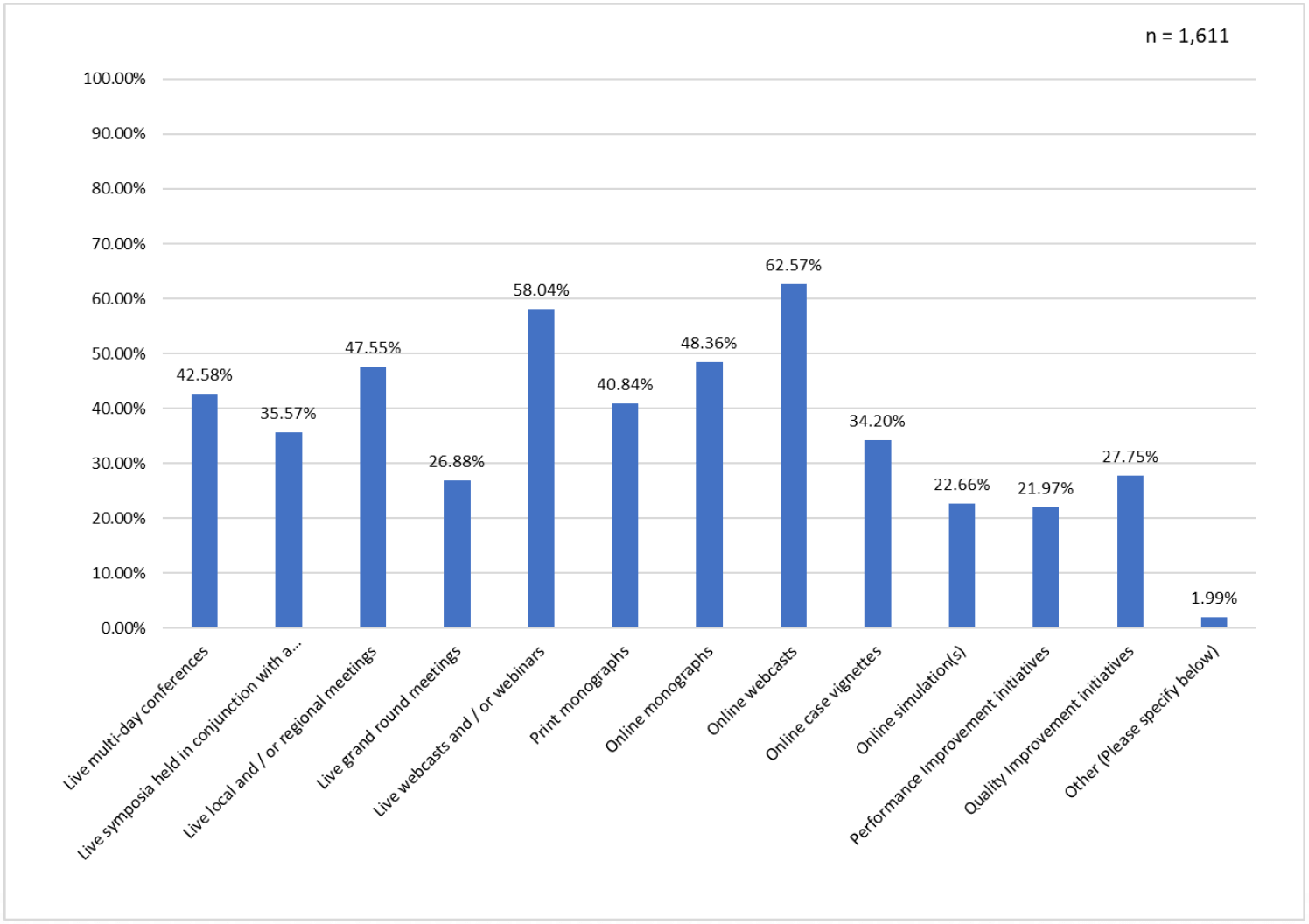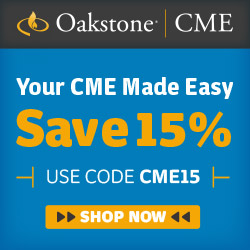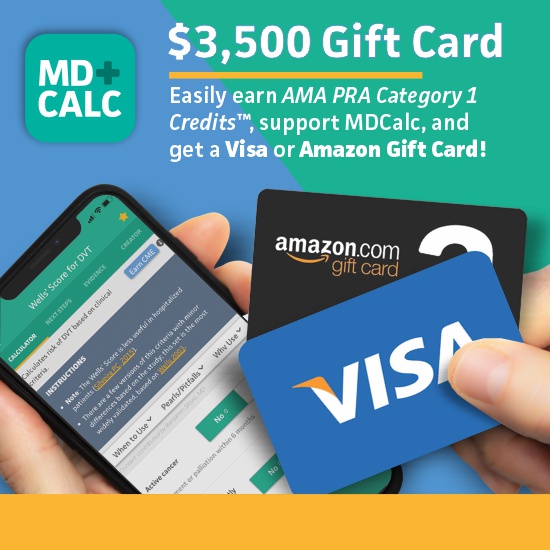
2020 CME Value Study by Global Education Group
At the height of the COVID-19 pandemic in 2020, Global Education Group conducted a CME Value Study, where they spoke to over 1,700 healthcare professionals. Out of this group, 46.43% were MDs or DOs, 16.51% were NPs, 9.06% were RNs, 8.69% were pharmacists, 8.01% were PAs, and 11.3% classified as other. The survey had a mix of clinicians who practice in a hospital setting (25.2%), academic teaching hospital or practice (18.56%), private single physician practices (17.57%), private multi group practice (17.01%), government practice (5.46%), managed-care organization (3.04%), and other institutions (13.16%).
The clinicians who were surveyed were asked questions regarding their habits, methods, and preferences regarding how they participate in CME and earn CME credits. Of all the participants, only 4.96% do not incorporate what they have learned from CME programs into their daily practice. This shows how much clinicians may rely on CME to improve their practice and stay up to date with the every-changing world of medical science.
Below we highlight other revealing statistics regarding CME gathered from the clinicians who participated in the survey.
Survey Results
What caused you to make changes in how you practice medicine?
Many factors can cause a clinician to adjust how they practice medicine. As they participate in different activities and consume new information, they often apply these learnings to their practice to improve their patient care. 84.17% made changes in their practice because of CME, 67.06% because of journal articles, 62.93% because of challenging patient cases, 54.46% because of colleagues, 20.35% because of medical science liaison visits, and 5.96% for other reasons.
How has CME learning affected your daily activities?
A major purpose of CME is to help increase the knowledge, skills, and professional performance of a clinician. There are several ways a clinician can implement what they have learned from a CME program into their practice.
84.62% of all participants said CME learning taught them identification of new treatment options, 66.05% said it improved testing and/or diagnostics, 78.15% said it improved treatment protocols, 56.08% said it improved their understanding of value-based healthcare / patient engagement, 38.46% said it increased mentoring and/or communication with colleagues, and 2.90% said it affected them for other reasons.
CME and Patient Care
Making the patient comfortable and feeling safe is an important responsibility for a clinician. This can come in the form of more effective treatment options, better communication, or being able to diagnose the patient quicker and more accurately. With CME learning, a clinician can improve all these things.
90.32% of all survey participants said CME learning increased their awareness of additional or more effective treatment options, 60.96% said it helped them gain efficiencies in patient diagnoses, 47.18% said it improved communication with their patients, 64.80% said it improved patient health & safety, and 3.41% said it helped for other reasons.
36.04% of all participants said CME was the most effective item in helping them improve patient care - the highest percentage of all choices. Other factors were communicating with colleagues, direct to consumer advertising, journal articles, medical science liaison visits, and patient interaction.
Reasons to Participate in CME Activities and Programs
Most clinicians participate in CME in order to learn about emerging topics in their subject area and apply these learning to improve their diagnostics and patient treatment.
From the survey, 87.9% of clinicians said they participate in CME for updates on the latest science in the medical field. Other reasons included learning improved treatment options (82.87%), meeting licensure or hospital requirements (76.97%), learning improved diagnostic options (72.69%), and college interaction and discussion (37.37%).
Types of CME
There are many ways to earn CME and different mediums and types of CME activities or programs. The chart below highlights which CME activities surveyed clinicians preferred the most.

Online webcasts were the most popular method for earning CME credits (62.57%). Other notable options included live webcasts or webinars (58.04%, live local or regional meetings (47.55%), and live multi day conferences (42.58%). With live options being a popular option, it is encouraging to see CME providers hosting conferences again after widespread cancellations in 2020.
COVID-19, Live Conferences, and On-Demand Education
When the survey participants were asked once COVID related restrictions are lifted, how likely are they to attend a live, in-person event such as a national conference or regional meeting, 39.48% said very likely and 23.99% said likely.
During the pandemic and adhering to social distancing, 70.91% of survey participants participated in live webinars to earn CME, 49.50% read print monographs, 56.30% read online monographs, 46.47% listened to online podcasts, and 5.79% said other. After a year of being shut down, many clinicians are looking forward to meeting in-person again and attending a live conference.
When asked if live, in-person education is not an option, what would they prefer, 47.98% of participants said on-demand education that can be completed at their own pace. 41.62% said they’d prefer a combination of both live online and on-demand education. 10.39% said they’d prefer live online webinars. Most clinicians have a very busy schedule and allotting multiple days to attend a conference or webinar is difficult. Completing CME at their own pace over a given period of time is much easier to manage.










